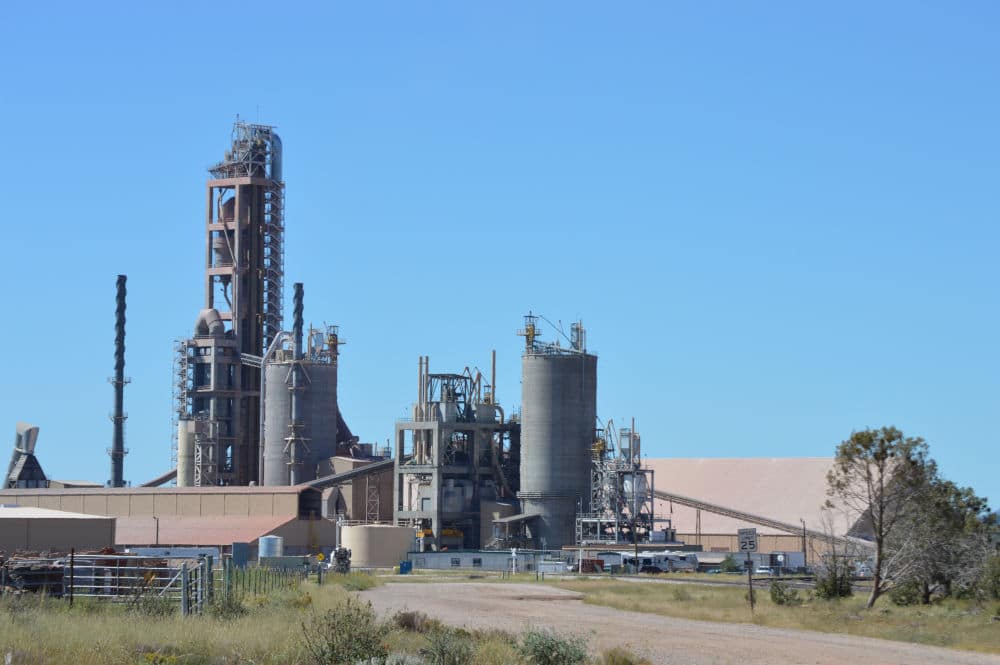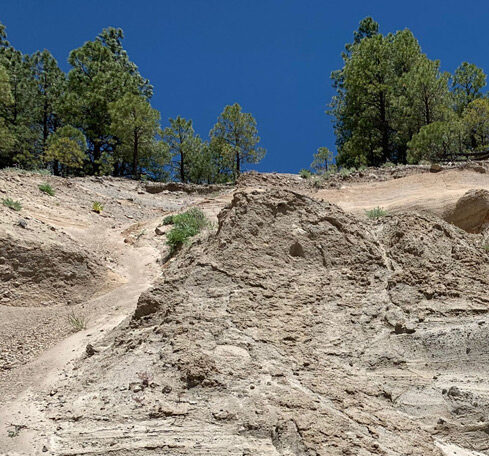Cement and concrete are the foundation of a resilient, durable and sustainable built environment.
Drake Cement and Materials, along with the majority of America’s cement manufacturers, has committed to the goal of reaching carbon neutrality throughout the cement-concrete-construction value chain by 2050.
Cement is the first – and critical – ingredient in concrete infrastructure. Concrete provides the foundation for the nation’s built environment through structures that can withstand the extreme weather events that accompany climate change. This includes the roads, runways, bridges, buildings, waterways and more that we rely on every day.
Currently, based on U.S. Environmental Protection Agency (EPA) carbon emissions data, the manufacture of cement accounts for 1.25% of U.S. CO2 emissions – with demand projected to increase, we have a once-in-a-generation opportunity to set a global example on building sustainably, utilizing new approaches and advocating for updated technology.
The cement and concrete industry have developed a Roadmap outlining the opportunities and actions to reach carbon neutrality. The Roadmap involves the entire value chain, starting at the cement plant and extending through the entire life cycle of the built environment to incorporate the circular economy. This approach to carbon neutrality leverages relationships at each step of the value chain, demonstrating to the world that this industry can address climate change with ambition and audacity.
The five links in the value chain include the production of clinker, the manufacture and shipment of cement, the production of concrete, the construction of the built environment, and the capture of carbon dioxide using concrete as a carbon sink.
Each link identifies specific targets, timelines and technologies to reach the goal of carbon neutrality. The approach in this Roadmap leverages each step of the value chain from the farthest upstream to the final reuse and recycling phase. Cement and concrete manufacturers do not control every link in the value chain, but the Roadmap provides direction and incentives that spur action.
The importance of collaboration….
The cement and concrete industry cannot do this alone.
Collaboration with industry and private partners will be imperative to realize the multitude of solutions that the Roadmap outlines. To bring down CO2 emissions from all sources, including the building sector, we must recognize the way that our world is interconnected. Stakeholders must work together to ensure that we are creating a built environment that is actually sustainable – this is why PCA member companies are embarking on a journey to carbon neutrality as a full industry and inviting others across the value chain to join this effort. Government agencies, non-governmental organizations and academic institutions all have a role and the industry looks forward to collaborating on this mission to achieve carbon neutrality across the value chain.
… to reach carbon neutrality by 2050
While the cement and concrete industry has made consistent progress in reducing the carbon intensity of its products across the value chain, reaching carbon neutrality will require significant advances in technology, policy, infrastructure, and markets. With full support in these areas, the industry can reach carbon neutrality sooner.






